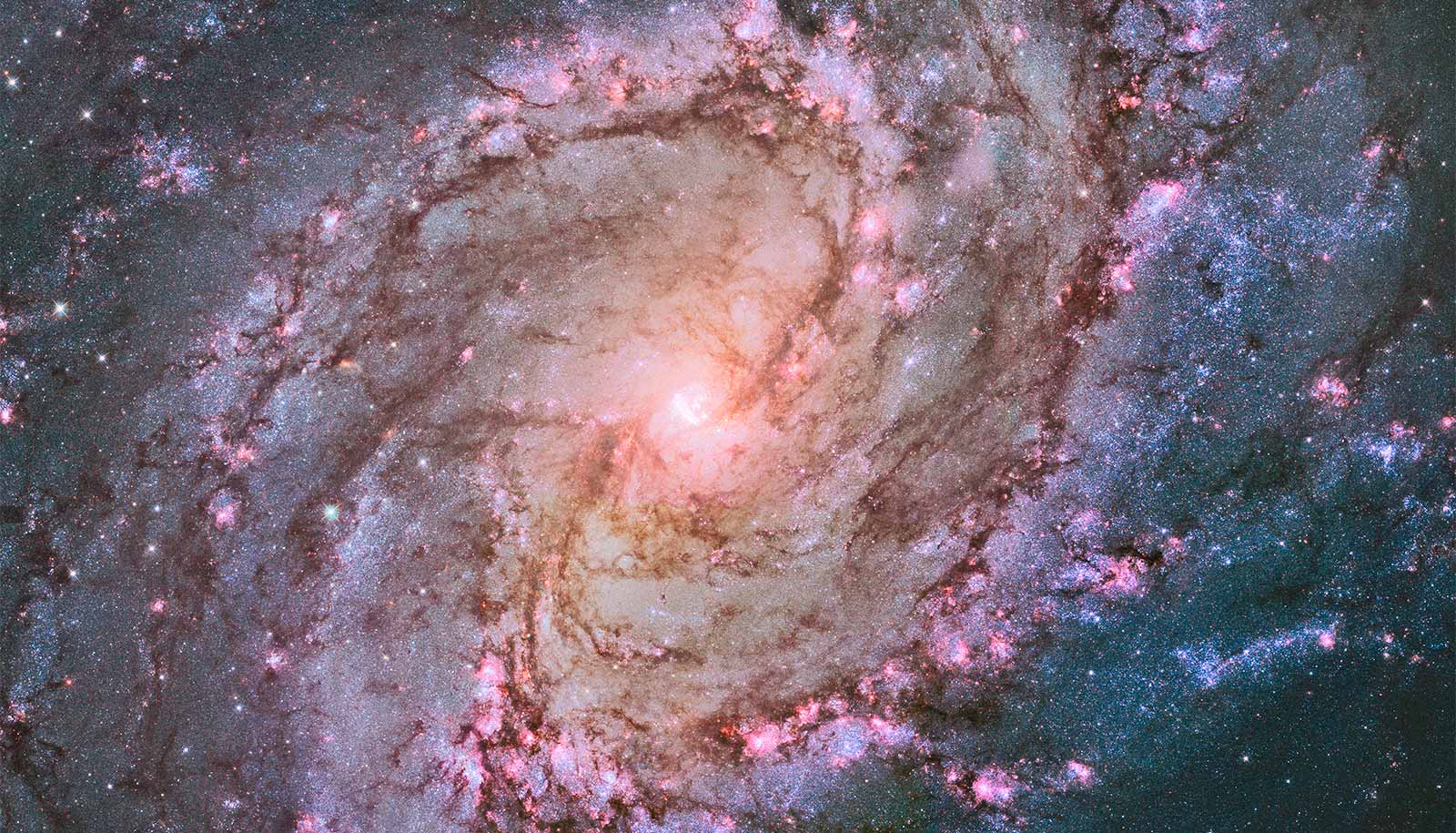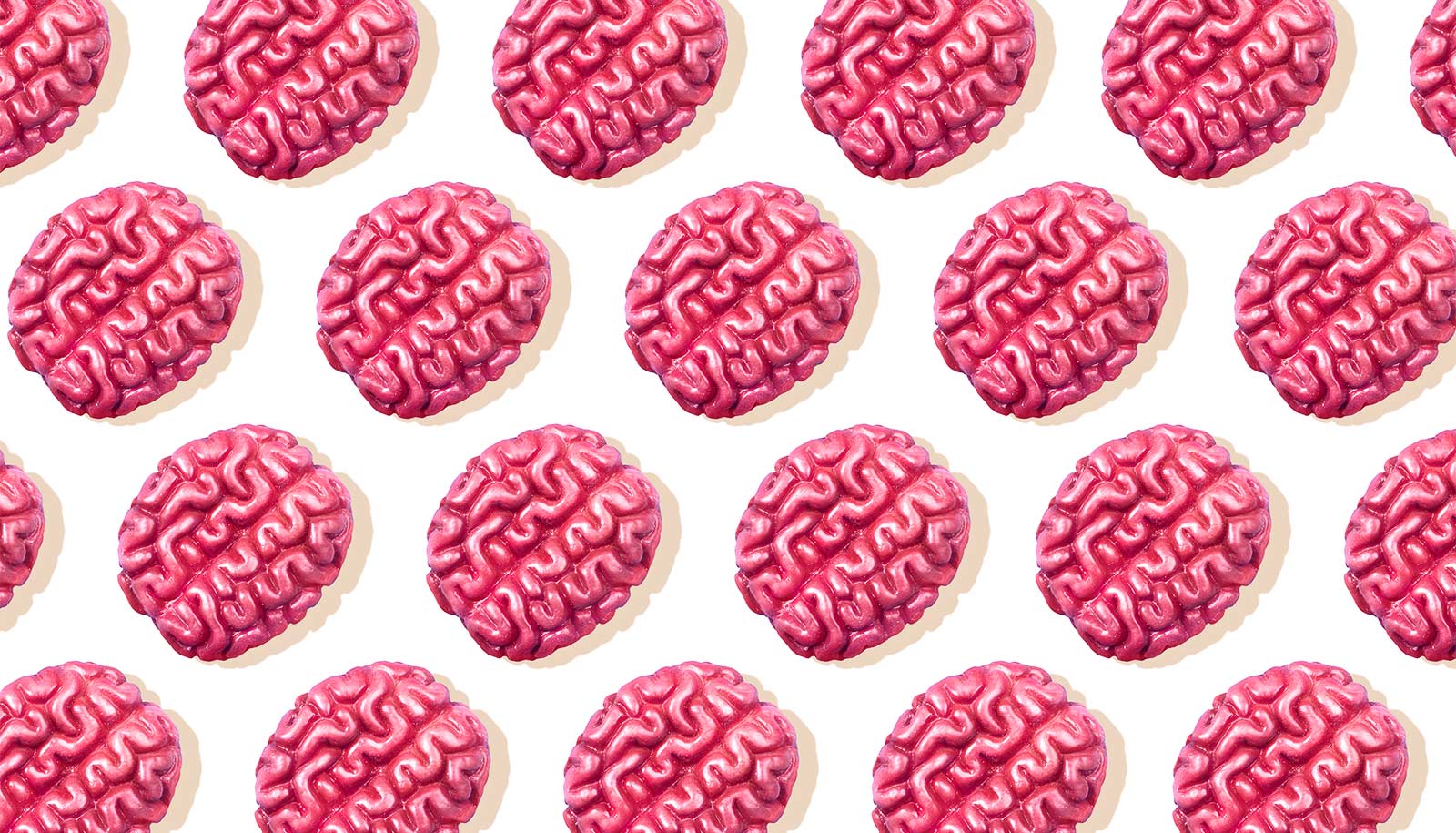HELSINKI — A young Chinese launch startup has reached orbit with its Gravity-1 all-solid launch vehicle, smashing the record for payload capacity for Chinese commercial rockets.
Orienspace’s Gravity-1 rocket lifted off from Defu-15002 mobile sea platform in the Yellow Sea at 12:30 a.m. Eastern (0530 UTC) Jan. 11. Ignition of the solid rocket motors produced large plumes of exhaust, with debris visibly falling into the sea as the rocket climbed into the sky. The firm confirmed launch success shortly after.
The three satellites, Yunyao-1 (18-20), were later tracked by 478 by 499-kilometer orbits with inclinations of 49.99 degrees by U.S. Space Force space domain awareness.
The mission was the first launch for Orienspace which was founded in 2020. Gravity-1 consists of three stages and four boosters. It boasts the capability to lift around 6,500 kilograms of payload to low Earth orbit, or 3,700 kilograms to 700-kilometer sun-synchronous orbit, when using a kerosene-liquid oxygen third stage.
Orienspace is based in Shandong and has facilities in the province. The Haiyang sea launch facilities for today’s launch are also in Shandong. It secured a number of rounds of funding totalling more than $150 million.
The Yunyao-1 satellites are for Tianjin-based Yunyao Yuhang which aims to construct a constellation to provide data for global weather forecasting. Services could include even short-term earthquake forecasting, according to its press statements.
Changguang Satellite Technology (CGST), a commercial remote sensing satellite firm, manufactured the satellites.
Orienspace CEO Yao Song, who first rose to fame in the semiconductor industry, stated previously that the firm has already secured orders for the launch of hundreds of satellites and been shortlisted in plans for a number of satellite constellations. Orienspace plans two further Gravity-1 launches for 2024.
The launch success is a notable moment in the Chinese commercial space sector. Gravity-1 is now the largest in the sector in terms of launch capacity. It is also the first to use boosters, one of a handful to reach orbit on the first attempt, and the first to have a debut launch from the sea.
Many commercial firms have opted to first develop light-lift solid rockets and move on to reusable liquid propellant rockets. Orienspace opted to proceed with a much more capable launcher as well as working on a larger kerosene-liquid oxygen launcher.
Gravity-1 is capable of carrying more than twice that of the previous largest Chinese solid rockets, CAS Space’s Kinetica-1 and China Rocket’s Jielong-3 (1,500 to 500-km SSO). Both are spinoffs from state-owned enterprises. It is also more powerful than Europe’s Vega-C.
The solid rocket motors for Gravity-1 were provided by the Academy of Aerospace Solid Propulsion Technology (AASPT) under the China Aerospace Science and Technology Corp. (CASC). This relationship allowed Orienspace to achieve orbit despite being founded in 2020. RSPACE, a rocket component startup with facilities in Shandong, also lists Orienspace as a customer.
China has been fostering a commercial space sector since late 2014. The government opened the industry to private capital and providing incentives, policy support and facilitating technology transfer through a military-civil fusion national strategy.
The trend in Chinese commercial launch companies since 2020 has been to shift towards larger rockets. The shift came as potential revenue streams including the Guowang and G60 LEO broadband constellations and possible space station cargo missions have emerged. This has provided newer companies such as Orienspace and Space Pioneer with a clearer vision than earlier movers.
Last year firms Space Pioneer and Landspace reached orbit with the first Chinese commercial liquid propellant launchers. Tianlong-2 and Zhuque-2 are kerosene-lox and methane-lox launchers respectively. Both firms are now working on larger launchers for debut in mid-2024 (Tianlong-3) and 2025 (stainless steel Zhuque-3).
Orienspace is looking to launch its first liquid propellant rocket in 2025. The 60-meter-tall Gravity-2 will have a core stage and solid boosters. The rocket will use nine 100-ton-thrust Yuanli-85 gas generator kerosene engines for the first stage.
Previous statements gave a payload capacity of 15.5 tons to LEO, 10.9 to a 500-kilometer sun-synchronous orbit (SSO), or 5.8 tons to geostationary transfer orbit (GTO). More recent capabilities are projected to be 25.6 tons to LEO, 19.1 tons to SSO and 7.7 tons to GTO.
Gravity-3 would be three Gravity-2 core stages in a Falcon Heavy-type arrangement. That is to be capable of lifting 30.6 tons of payload to LEO, 20.5 tons to SSO, 9.6 tons to GTO and 8 tons to lunar transfer orbit.
The Gravity-1 mission was the fourth Chinese orbital launch of 2024. It followed shortly after a Kuaizhou-1A solid rocket launch Jan. 11 (UTC) and the Jan. 9 launch of the Einstein Probe.










